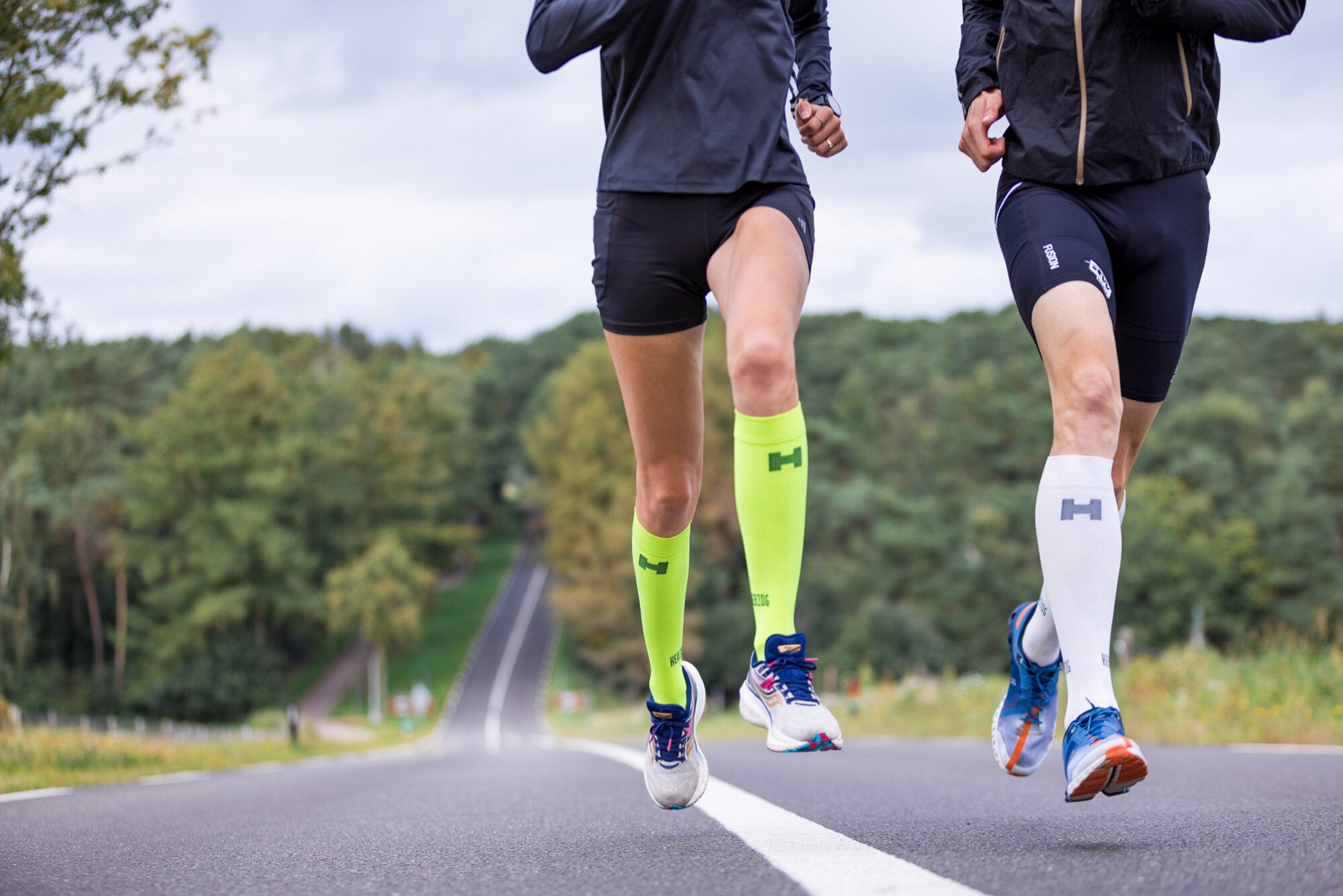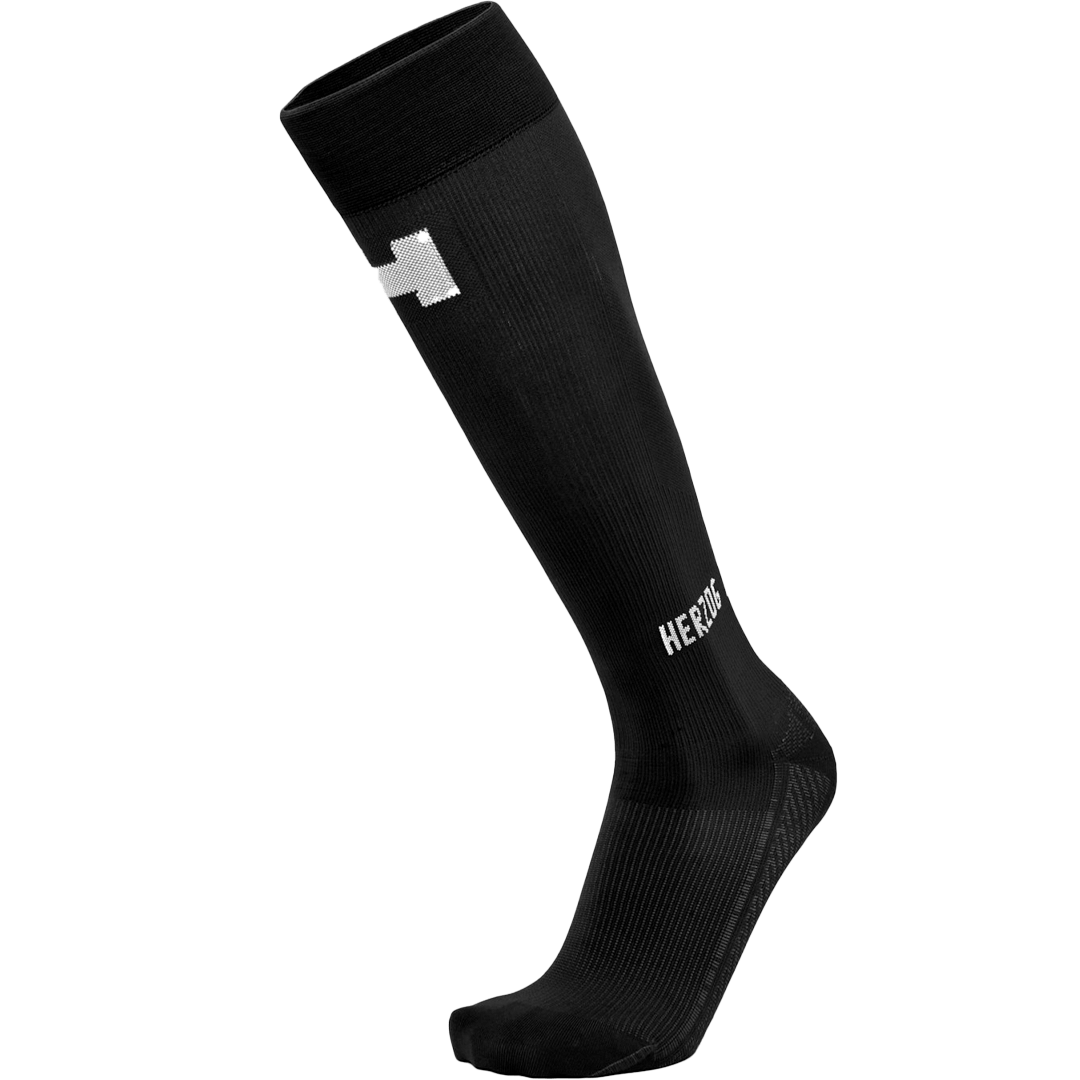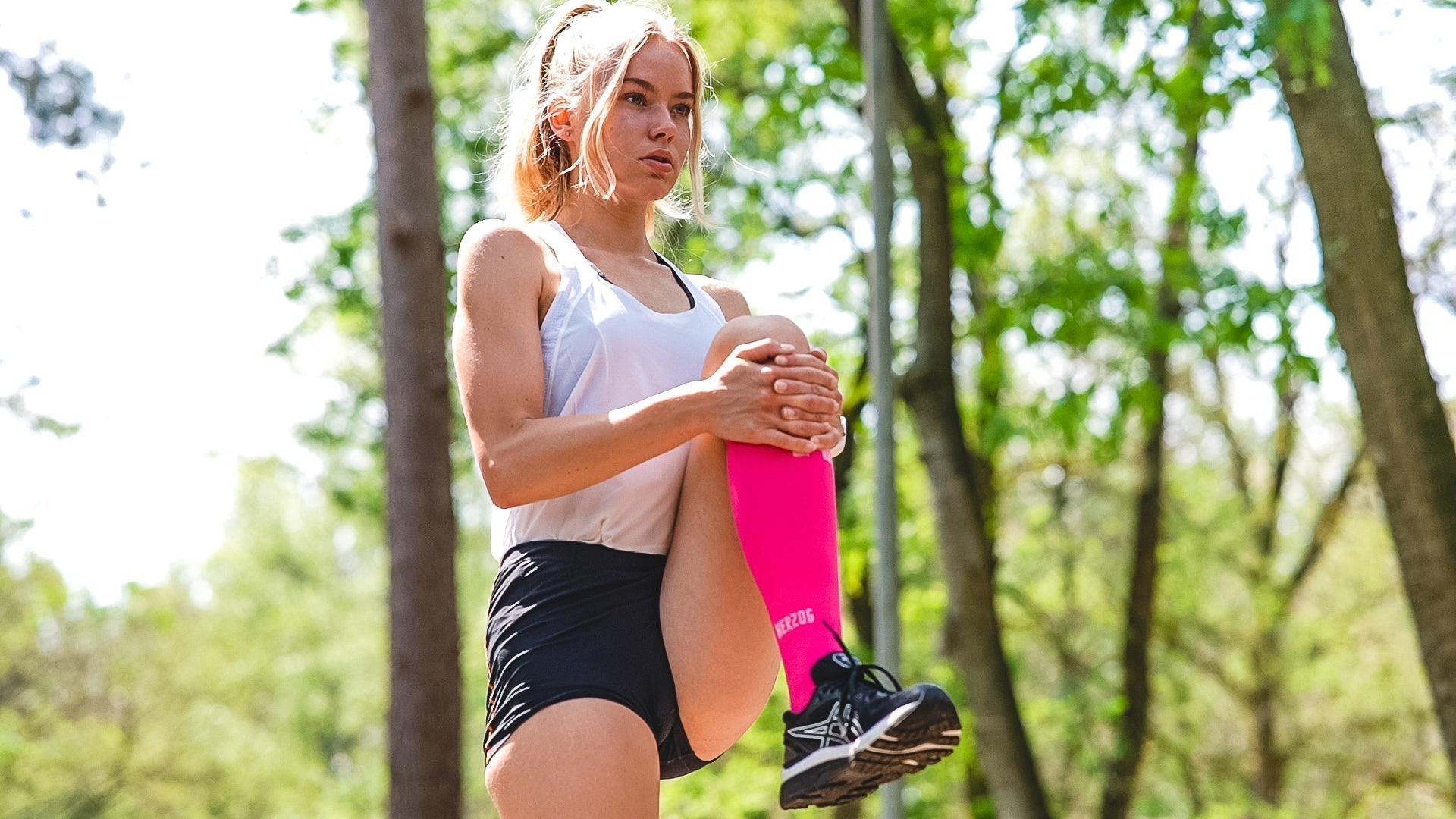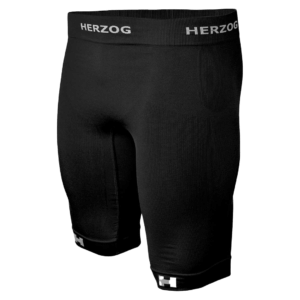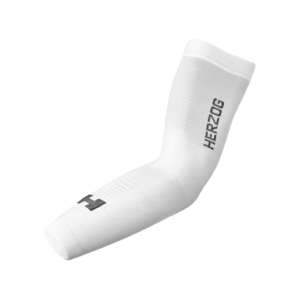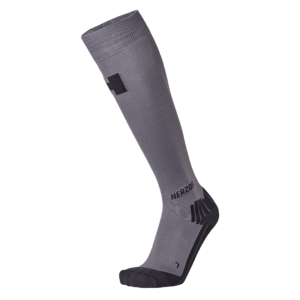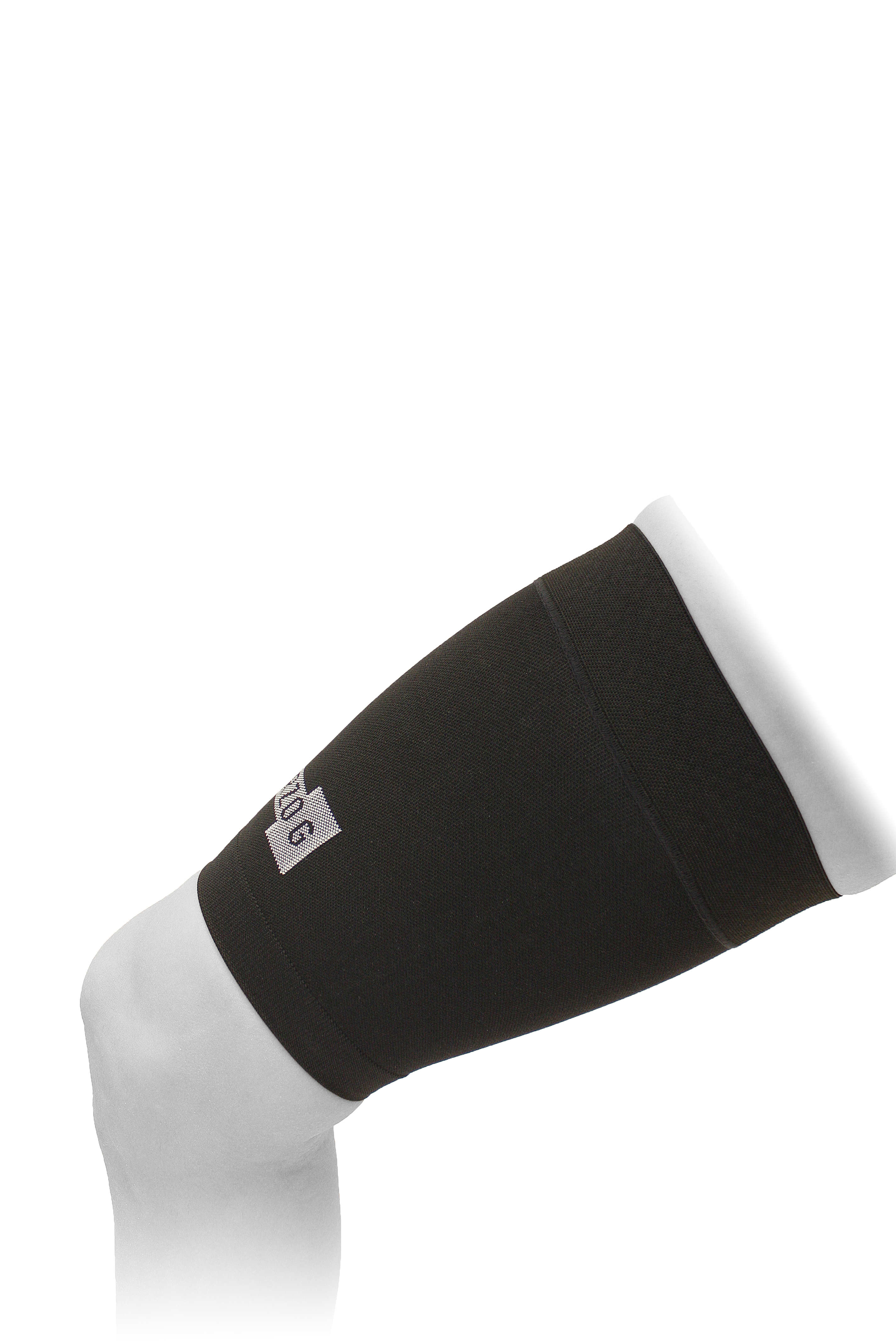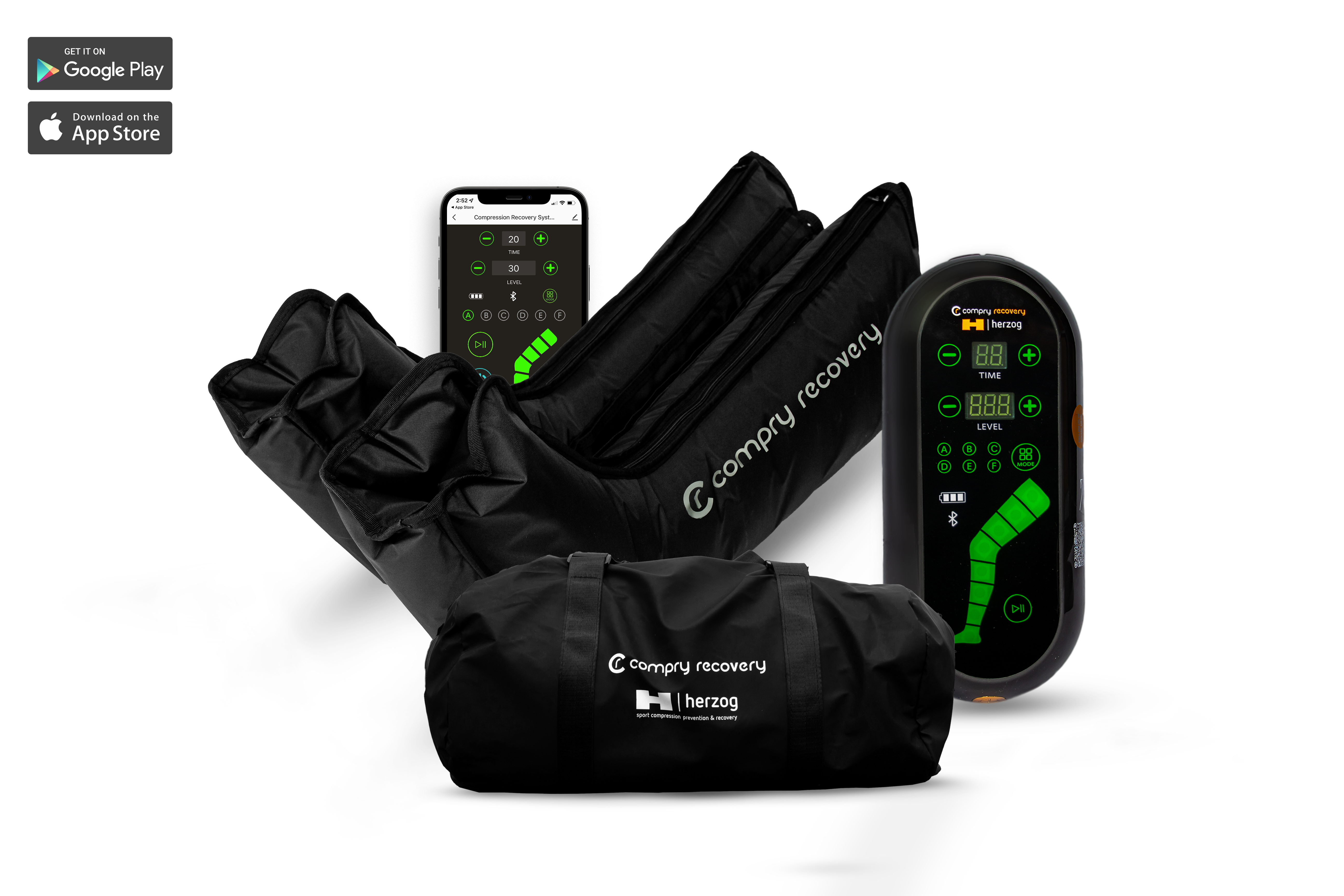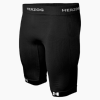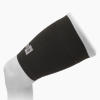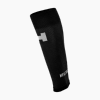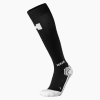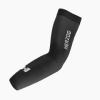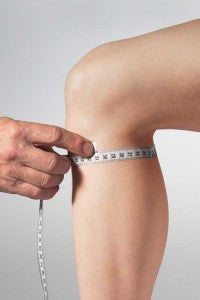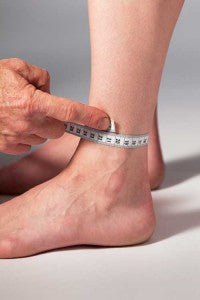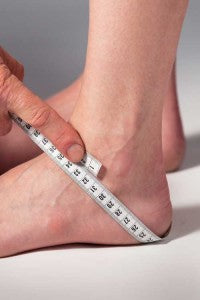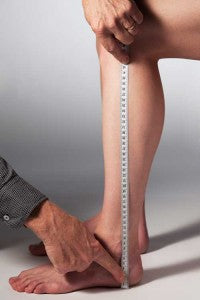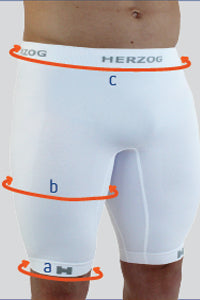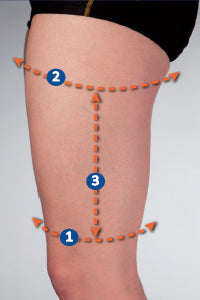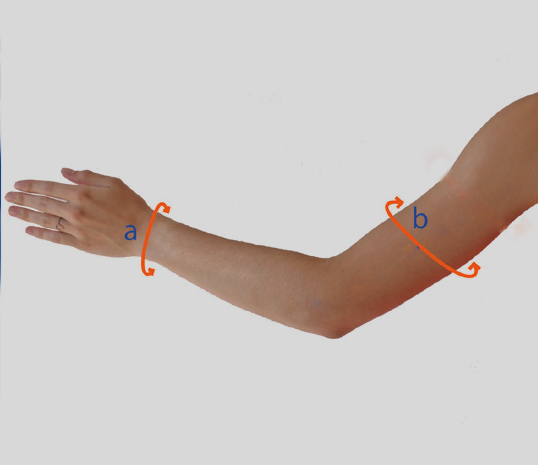Compression stockings as support for knee pain?
While compression stockings are not a substitute for targeted training or treatment, they can play an important additional role in recovering from knee problems. How?
➤Support of the lower leg muscles
Herzog compression stockingsApply a gradual pressure from ankle to knee. This helps stabilize the lower leg and reduces the pulling forces on structures around the knee, especially in runners with an unstable running style.
➤Better blood circulation and less muscle damage
Improved circulation accelerates the removal of waste products and accelerates recovery. This can help reduce inflammation around the knee, especially for conditions like runner's knee or tendon irritation.
➤Prevention during the build-up phase
Are you starting to exercise again after a period of rest? The extra support and muscle control that compression socks provide can help prevent recurrence of symptoms.
Knee pain doesn't have to mean the end of your running fun. By understanding your body, building your training wisely, and addressing your weak points with targeted exercises, you can usually be moving pain-free again within a few weeks. With the right support, you can also recover faster and prevent future injuries.
Keep moving, but listen to your body




